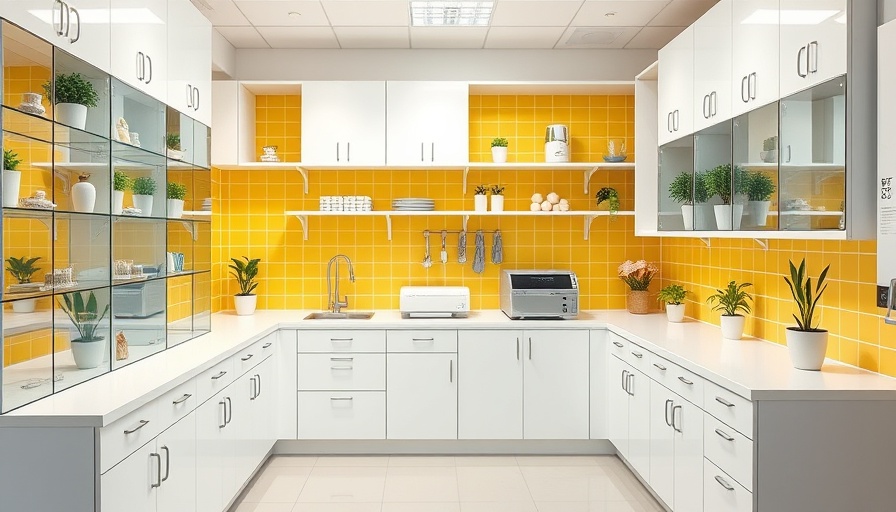
Understanding the Connection Between Practice Design and Team Well-being
In today's competitive veterinary landscape, the design of your clinic plays a crucial role not only in attracting clients but also in fostering a healthy work environment for staff. Effectively designed veterinary practices can significantly enhance team morale, productivity, and overall well-being. As the veterinary field continues to evolve, practitioners must recognize the importance of integrating team well-being into their practice layout and daily operations.
Why Practice Design Matters
The architecture and layout of a veterinary clinic impact everything from workflow efficiency to customer satisfaction, yet many clinic owners may overlook how it directly affects their team's well-being. Research shows that better-designed workspaces can reduce stress, enhance communication among team members, and even mitigate burnout, a prevalent issue in the veterinary industry. Clinic design impacts not only how effectively the team can perform their duties but also how they cope with the challenges of their demanding roles.
Key Elements of Effective Practice Design
When considering redesigning your practice, focus on several critical factors that can empower your staff while improving your service delivery:
- Space and Flow: Ensure that the layout facilitates a smooth workflow, minimizing unnecessary movement. This includes having distinct areas for consultation, treatment, and recovery, which can reduce distractions and enable staff to focus on pet care.
- Natural Light and Color: Incorporating elements such as windows and light-colored walls can boost mood and energy levels among staff. Natural light, in particular, has been shown to enhance mood and reduces feelings of depression.
- Break Areas: Designate spaces where staff can take necessary breaks away from the hustle of veterinary practice. This could be a comfortable lounge or outdoor seating area, which allows team members the chance to decompress and recharge.
The Role of Technology in Clinic Design
Incorporating modern technology into the clinic's design can streamline operations and improve employee satisfaction. For example, implementing software solutions that manage scheduling and client communications can lessen the workload on staff, allowing them to focus more on direct patient care and build better relationships with clients.
Enhancing Client Interactions Through Design
The design of your clinic is also a statement to your clients about the quality of care they can expect. Open and welcoming configurations can encourage clients to feel at ease, enhancing their overall experience. Consider how the waiting area is arranged; a comfortable and visually appealing space not only enhances the client experience but also reflects positively on your team's professionalism.
Future Trends in Veterinary Practice Design
As the veterinary industry evolves, so too will its physical spaces. With the growing emphasis on sustainability and wellness, future clinics may incorporate green design elements, such as energy-efficient lighting and eco-friendly materials. This approach not only benefits the environment but can also resonate with health-conscious pet owners.
Final Thoughts: Investing in Your Team Through Practice Design
Veterinary clinic owners must prioritize practice design as a crucial element of operational success. By fostering a work environment that promotes well-being, patient care improves, staff turnover rates decrease, and clients are far more likely to return. Investing in thoughtful clinic design is not merely a cosmetic enhancement but a vital strategy for cultivating team loyalty and ensuring long-term profitability.
Ultimately, the design of your veterinary practice can create a positive and motivating atmosphere for your team. When staff members are happy and supported, it reflects in the quality of veterinary care provided, leading to increased client satisfaction and business growth.
 Add Row
Add Row  Add
Add 

 Add Row
Add Row  Add Element
Add Element 




Write A Comment